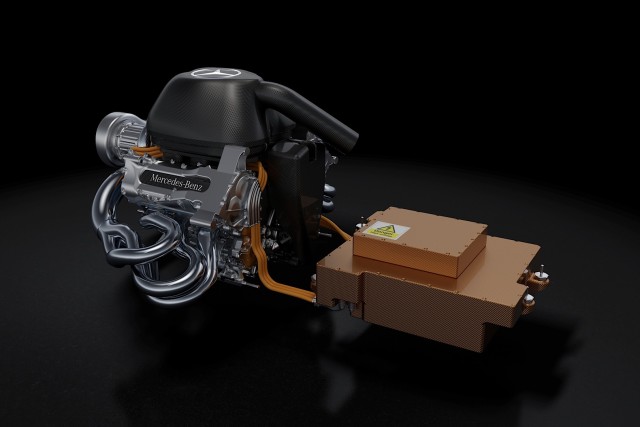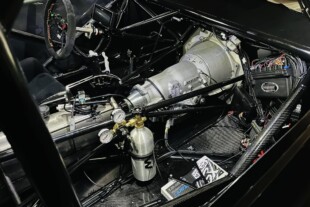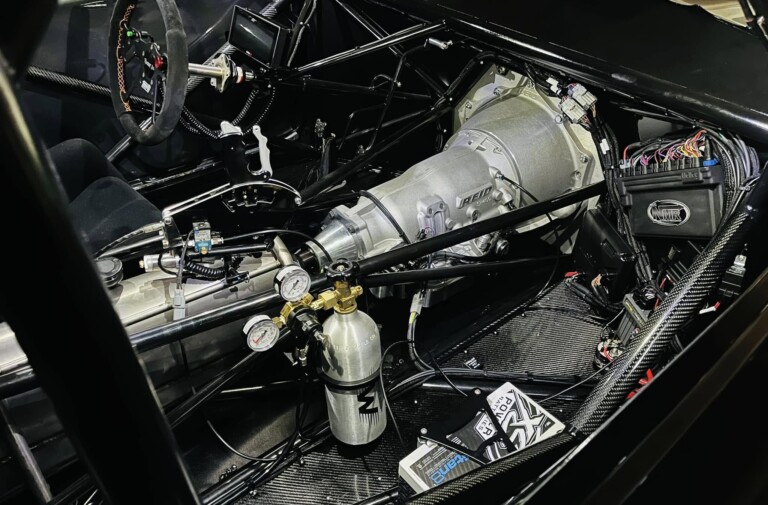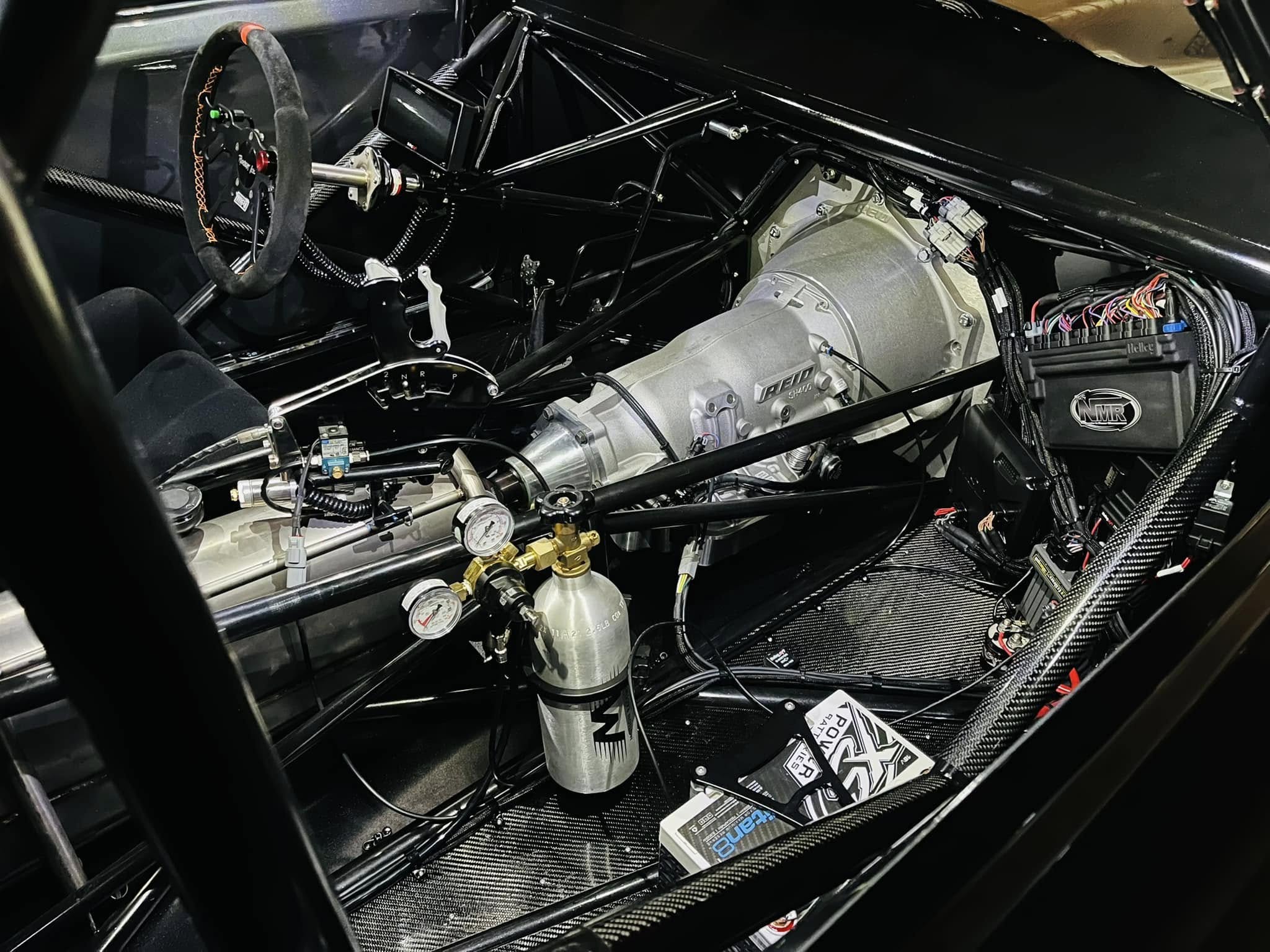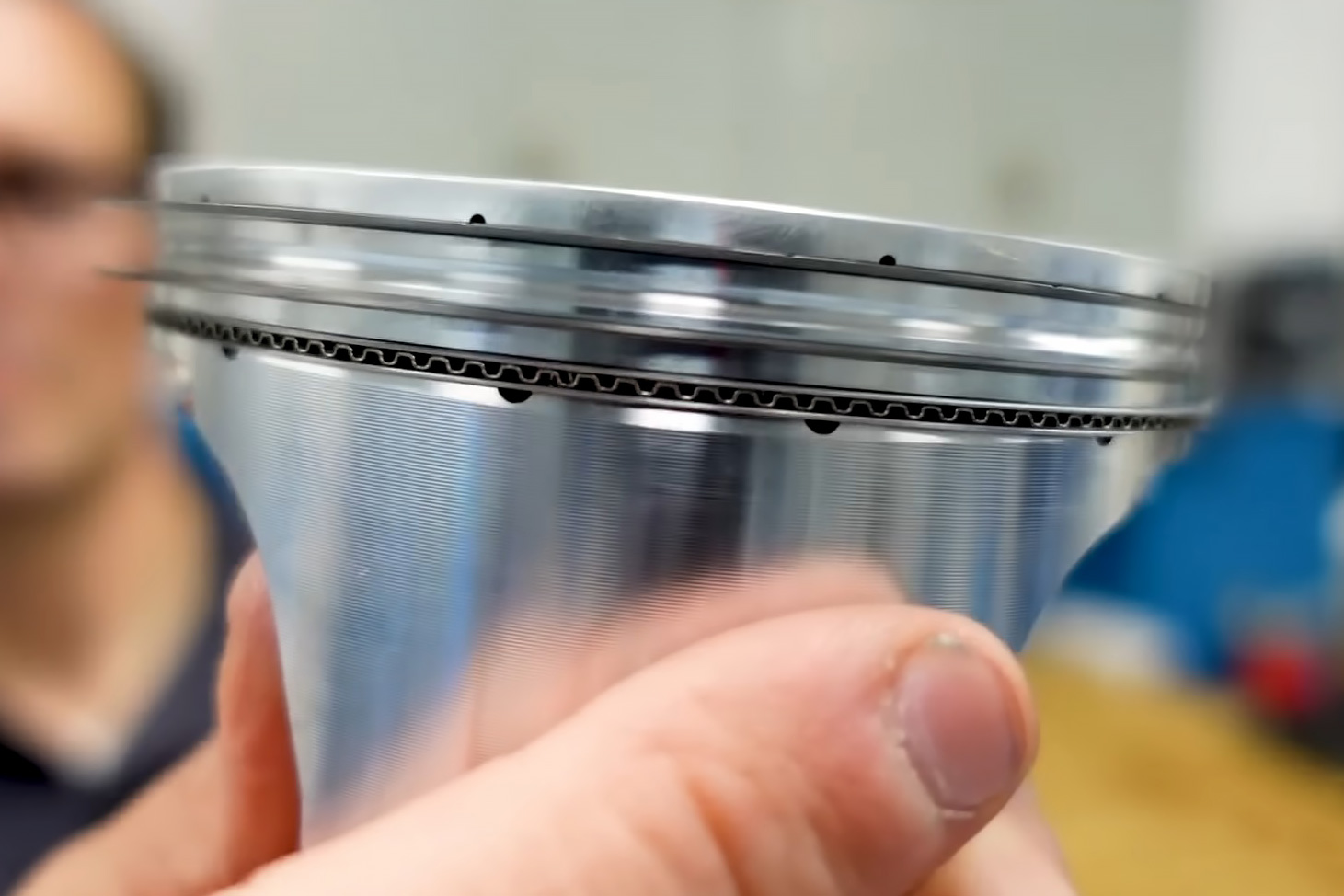The 2014 Mercedes W05 stands as the most successful Grand Prix car of all time. Like many racing machines which hold a considerable advantage over the rest of the field, its design cleverly exploited the rule changes of the time. Like the all-conquering McLaren MP4-4 from 1988, a car which won all but one race, changes in engine format determined the design of this car, and an astute interpretation of these rules led to improved engine packaging, better power and power delivery, and improved aerodynamics.
In the case of the MP4-4, 1988 was the last year for the turbos before a mandatory switch back to atmospheric engines. McLaren opted to retain the turbo engine rather than preempt the changes, as many teams did, and spend the season refining a new atmospheric engine within the package. In order to improve on the packaging, they began using a smaller Tilton clutch which allowed for the engine to be mounted lower. This allowed for improved airflow to the rear wing, thanks to a lower cowl, as well as reduced drag. Similarly, Mercedes’ engine design affected other areas of performance.
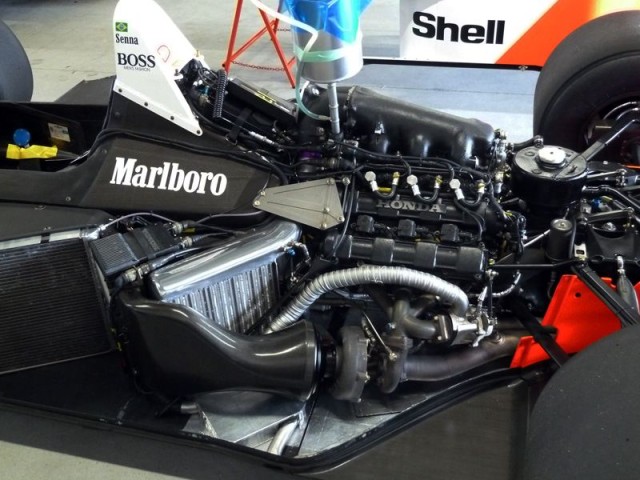
The MP4-4’s V6 was shoehorned into the back of an already-small F1 car thanks to compact components.
With the 2014 rules calling for a 1.6-liter, turbocharged V6, all teams had to make the switch to this format. Unlike the looser eighties, rules these days are stricter and teams have very little room to improvise within the confinements of these reguations. Nevertheless, Mercedes found a way to optimize the package, beginning with the turbocharger placement.
Whereas other teams house the turbocharger’s turbine and compressor next to one another and behind the motor itself, Mercedes opted to house the compressor at the front of the motor, the turbine at the rear, and have the two interact via an extended shaft which runs across the engine. By separating the “hot” and “cold” sides of the turbo, the compressor no longer absorbs the heat generated by the turbine, and is able to push cooler air into the motor. This cooling effect is further improved upon thanks to being located closer to the intake.
This reduced operating temperature in the engine bay means smaller intercoolers can be used. The intercooler system is housed in the sidepods, and by reducing the size of the coolers, the sidepods get to shrink ever so slightly. Though not easily noticeable unless contrasted against another car, the narrower frame means less drag.
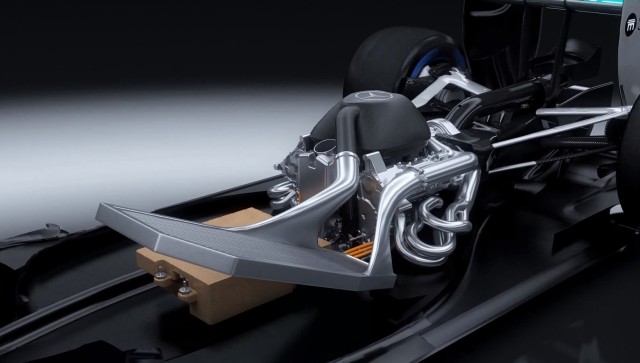
Mercedes opted for a single intercooler housed in the sidepod. Because of the reduced operating temperature, the necessary size of the intercooler was reduced.
In addition, this division allows for shorter runners between the intercoolers and the turbo system. By reducing the length of the runners, the turbo lag is reduced considerably. Watching the car accelerate out of corners, the response is noticeably better than that of some of its competitors. The secondary effect of this improved response is that the combustion engine no longer relies on the ERS system — think hybrid power — to generate low-end torque as much as the conventionally configured engines, thereby increasing overall power throughout the course of a race.
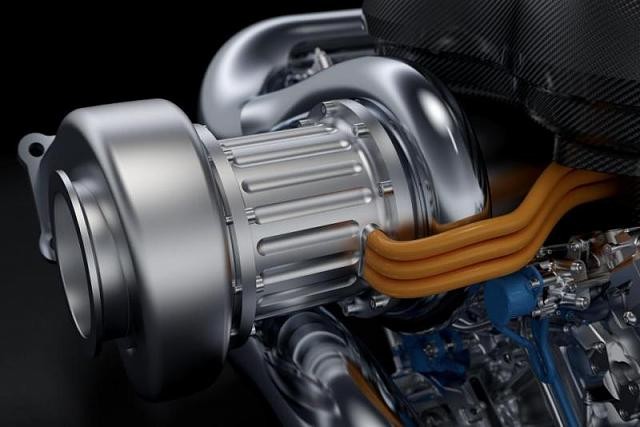
The orange, heavy-duty wires are responsible for harvesting energy for the MGU-H recovery system. They run through the engine itself and generate incredible amounts of heat.
One of the less obvious implications of the reduced engine bay temperatures is that it allows for the gearbox to be placed almost directly underneath the engine. With all the heat from a turbocharged powertrain and the torque a force-fed motor can produce, the gearbox has to be treated with a little care.
Had the turbocharger’s hot and cold sides been conventionally oriented, the heat soak would’ve necessitated some distance between the engine and the transmission. By mounting the gearbox closer to the engine, the bulk of the car’s weight is concentrated in a smaller area. What this does is improve the car’s willingness to rotate. All the major weight is better centralized; encouraging nimbleness and willingness to change direction.
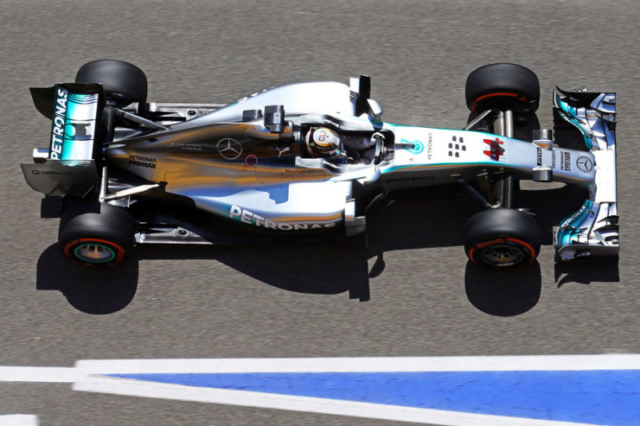
Without the need for big intercoolers, the W05’s sidepods could be kept narrow; producing less drag.
With the increased complexity of a hybrid, turbocharged engine and all the heat soak issues that come along with it, Mercedes took one step towards a reduction in temperature and, through some savvy engineering, were able to refine related aspects of performance that might not have been obvious to the laymen. Though its been shown before, no one aspect of a racing car is enough to make it dominant; all the elements must work in harmony.
Much like the iconic McLaren MP4-4, the Mercedes W05 asserted itself as the superior machine through a combination of political savvy, incredibly clever engineering and the need to address every conceivable aspect of performance, thereby creating the best overall package.



